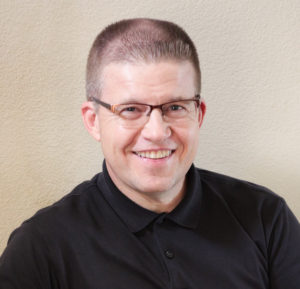 by Jon Mullican
by Jon Mullican
Most people work hard to avoid conflictual situations. Conflict creates discomfort. Conflict means to most that someone wins, and someone loses; to avoid losing or losing relationships, we sidestep the issue, the conversation, and the confrontation. Churchgoers follow this pattern well. Who wants to fight at church? Who wants to get into a disagreement with a fellow Christ-follower? Try as we might to avoid an altercation, we find ourselves at odds with one another. What can be done to move through such matters to an agreeable end?
Enter the mediator. The mediator simply possesses skills and knows methods to support finding common ground, understanding, and resolution. Asking for this help shows maturity and wisdom.
Many Christian mediators use Ken Sande’s Peacemaker materials to support resolution of conflict. Other dispute resolution methods and materials are available and can be just as helpful.
Below is Sande’s Peacemaking Model. Peacemaking can come in several different forms. Classic mediation invites a mutually agreed upon third party to facilitate dialogue among the involved parties to achieve resolution of the conflict.

Peacemaker materials us the GOSPEL method to move through the mediation:
- Greeting and ground rules
- Opening statements
- Story telling
- Problem identification & clarification
- Explore solutions
- Lead to agreement
Through interaction and connection, the facilitator first establishes solid rapport with all parties. Pre-mediation preparation calls for prayer, knowing who will be involved, reading Sande’s book, Peacemaker, and completing a Peacemaker workbook. The mediator prepares by assembling materials and ensuring an appropriate space with caucus rooms nearby for private consultation with each party, as necessary.
The Mediator makes all participants aware of the process to be used and encourages them to prepare both an opening statement and a story about what transpired to create the conflict.
Using a Mediator’s Checklist, the mediator moves through the six steps above, asking clarifying questions as necessary and ensuring each person is allowed to speak without interruption from others. Once the greeting, ground rules, opening statements and storytelling is complete, a break is necessary.
With the information known to both parties, problem identification and clarification becomes a collaborative effort among parties. This takes time. Most mediations take at least four hours.
Once the problem is defined and clarified, solution-finding begins. The mediator coaches all participants to consider the needs of others as a solution is sought. Eventually, the facilitator leads the parties toward agreement on what to do, and how to proceed.
While this method calls for some preparation and pre-work, the effort is worth the potential end result of resolution and mended relationships.

Leave a Reply